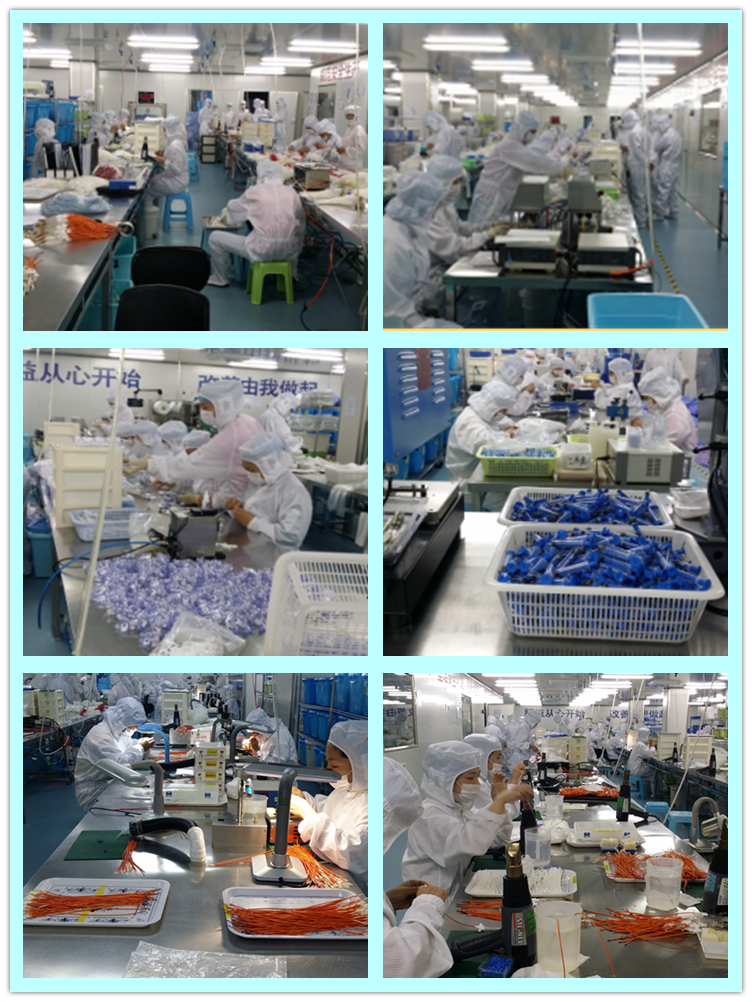Zhulan also known as cyanine, Chrysanthemum, pearl orchid, is a golden Sulanaceae, Chrysanthemum.
[Morphological characteristics]
Zhulan is an evergreen shrub with thick stems and a height of 30--70 cm. It is soft and invigorating. The leaves are stalked, elliptic, 7--8 cm long, top blunt, base cuneate, leaves thick and soft, smooth. During the period of 5-June, the stems are open with heavy spikes. The flowers are yellow-green and resemble roe, no quilt, and aromatic blue. Drupe oval, containing a seed.
[Customs]
Zhulan is native to China, Japan, and North Korea, and it is mostly located in the low mountain areas of the subtropics. It is wild in all provinces in southern China. Sexual warmth and dampness, fear of direct sunlight, not cold. Requires well-drained and humus-rich acid loam.
[Cultivation Techniques]
Breeding: Dividing plants and dividing them with as much soil as possible. Can also be cut and propagated. In the beginning of September, the branches of the year should be cut. They should be 10-15 centimeters long. The upper 2 leaves should be kept. The base should be inserted into Susan, 3 to 5 centimeters deep, and placed in shade and moisturized. It can be rooted in mid-October.
Management: In the maintenance, we should master the principle of dry and wet water. Every autumn and early spring, we should apply thin liquid fertilizer 1-2 times. In the summer, it is necessary to strengthen ventilation and prevent heatstroke from cooling. In winter, we must pay attention to cold.
[use]
Evergreen leaves and flowers are the top grades of potted plants. Because of its resistance to shade, it can be used for indoor viewing and is often placed on several seats.
Antimicrobial central venous catheters are discussed as a device to reduce catheter-related infections. Previously we have reported a study with 223 adult surgical patients randomized to receive either a rifampicin-miconazole-loaded Central Venous Catheter (CVC) (n=118) or a standard CVC (n=105). The antimicrobial CVC was shown to reduce catheter colonization (CC) and catheter-related local infection (CRI) significantly even at long-term catheterization. Here, we present further evaluation of the study focusing on possible benefits for high-risk patients. Subgroup analyses showed a pronounced reduction of CC and CRI in male, overweight and oncology patients. Important covariates were skin colonization for CC and oncological disease for CRI. Odds ratio (OR) for reducing CC was 0.076 (95% CI: 0.016-0.360) and CRI was reduced from 26% to 2.3% (p=0.001) in the cancer subgroup. Ex vivo long-term antimicrobial activity of modified catheters exceeded 4 weeks.
*Related Products:Anti-microbial Central Venous Catheter Kit,Anti-microbial Central Venous Line Kit.



Antimicrobial Central Venous Catheter
Anti-Microbial Central Venous Catheter,Anti-Microbial Central Venous Line,Central Venous Line,Anti-microbial Central Venous Catheter Kit,Anti-microbial Central Venous Line Kit
Anesthesia Medical Co., Ltd. , http://www.sinoanesthesia.com